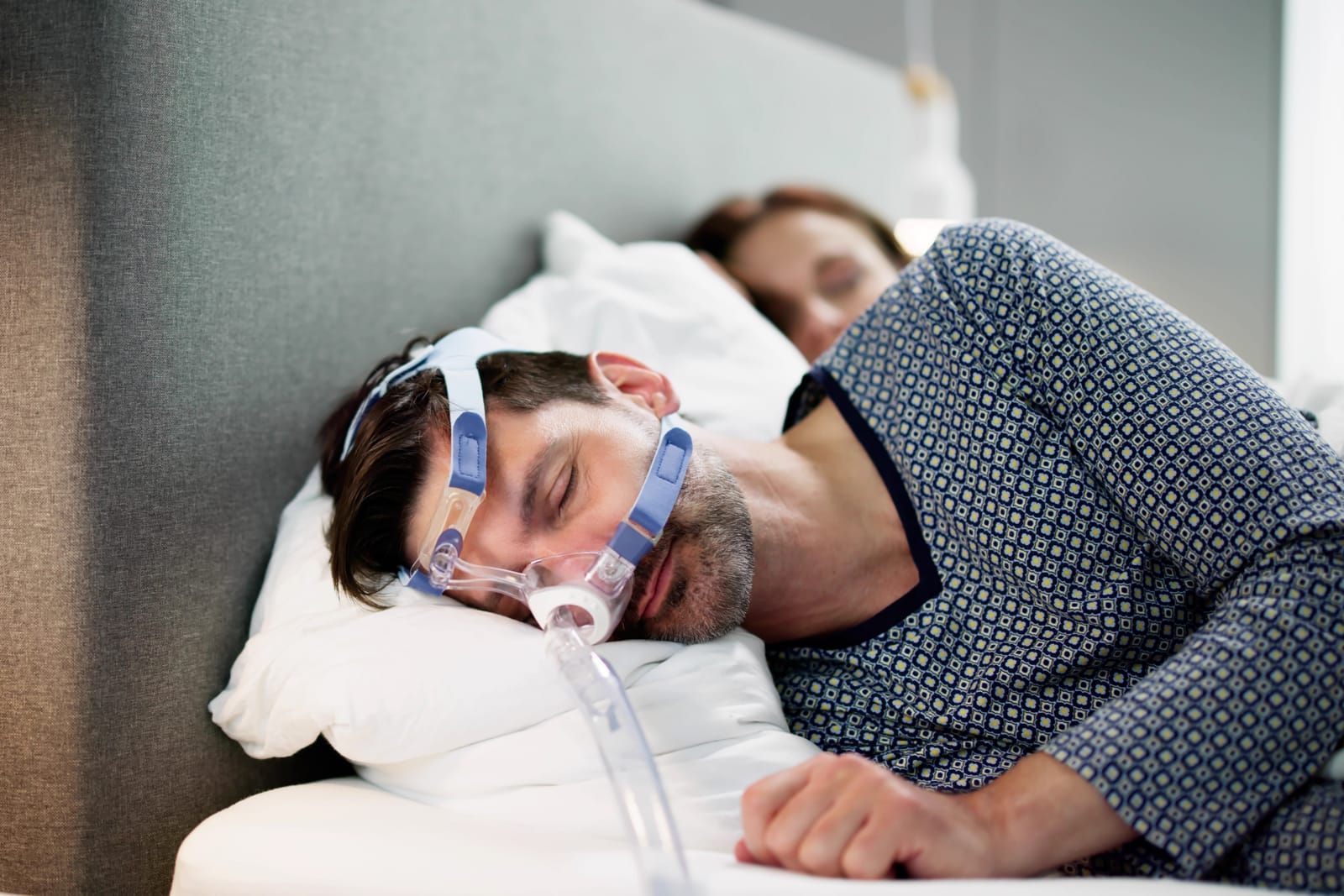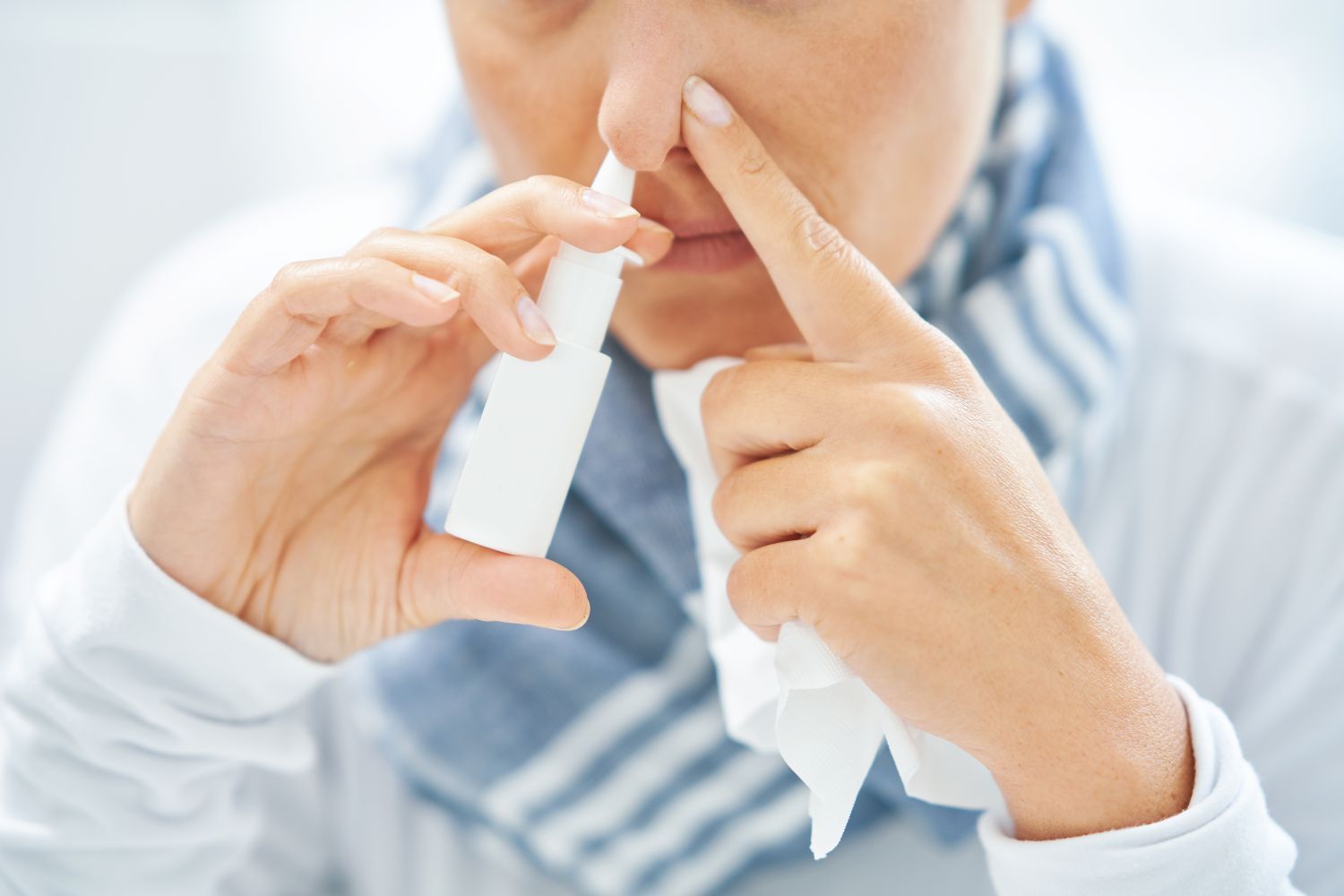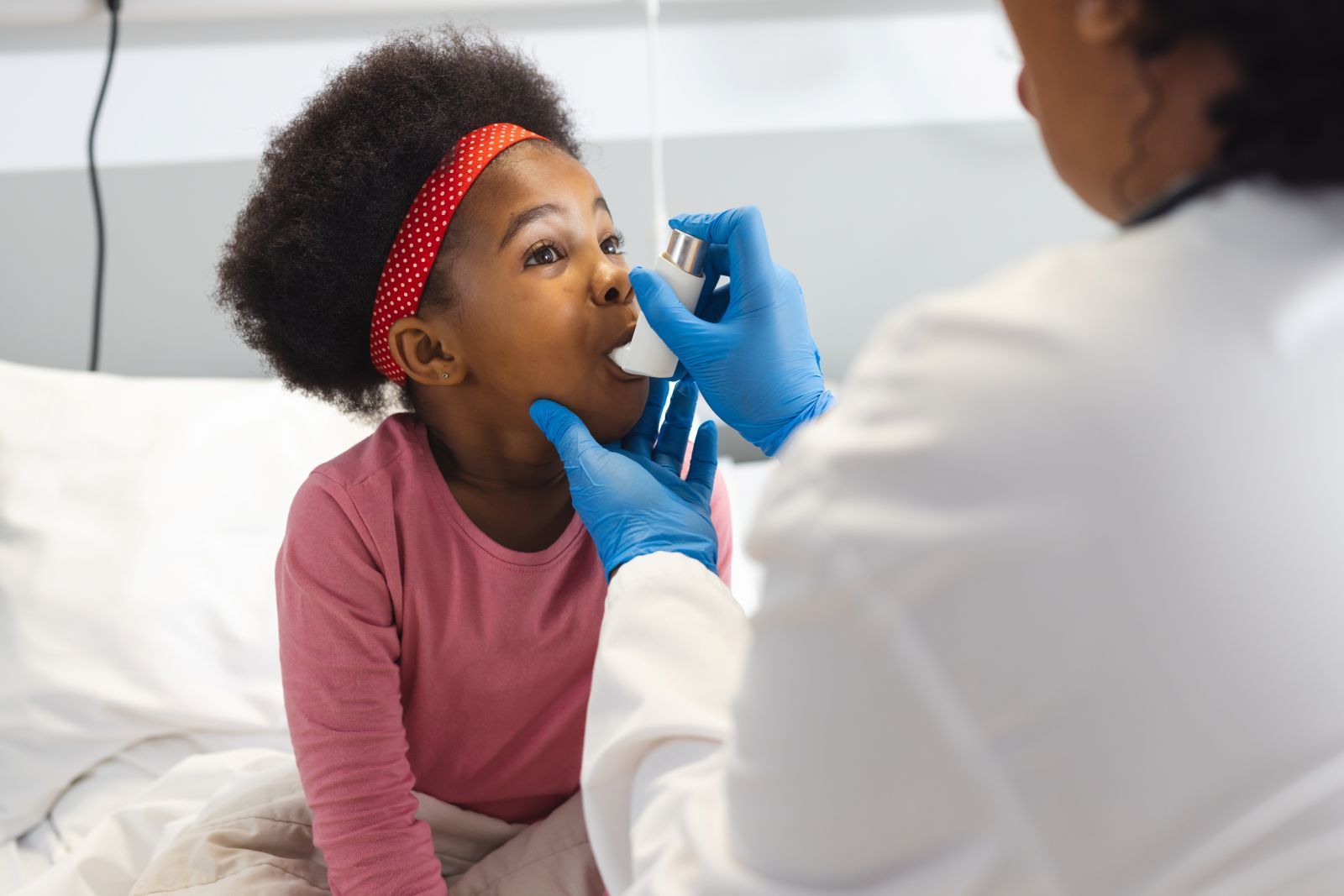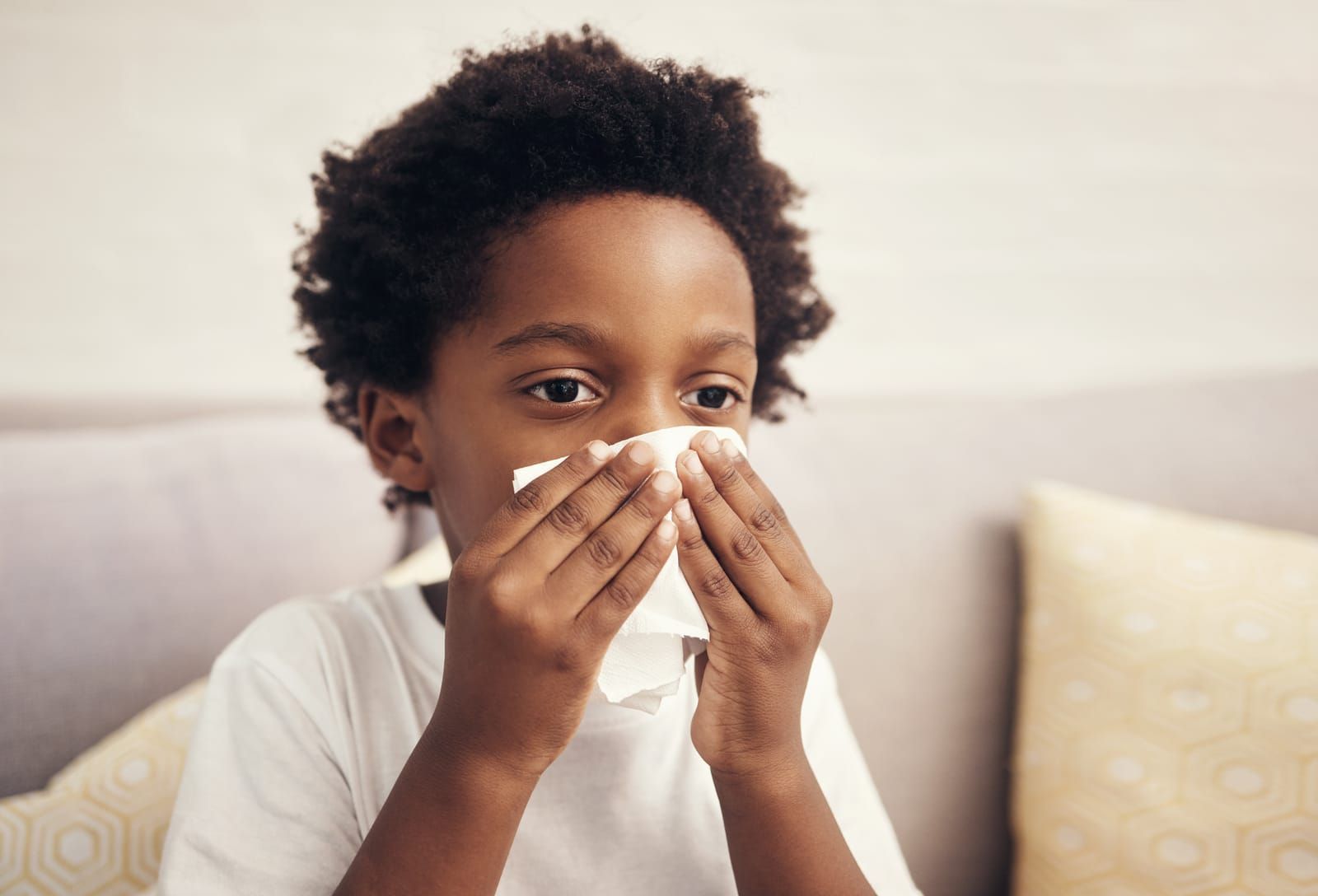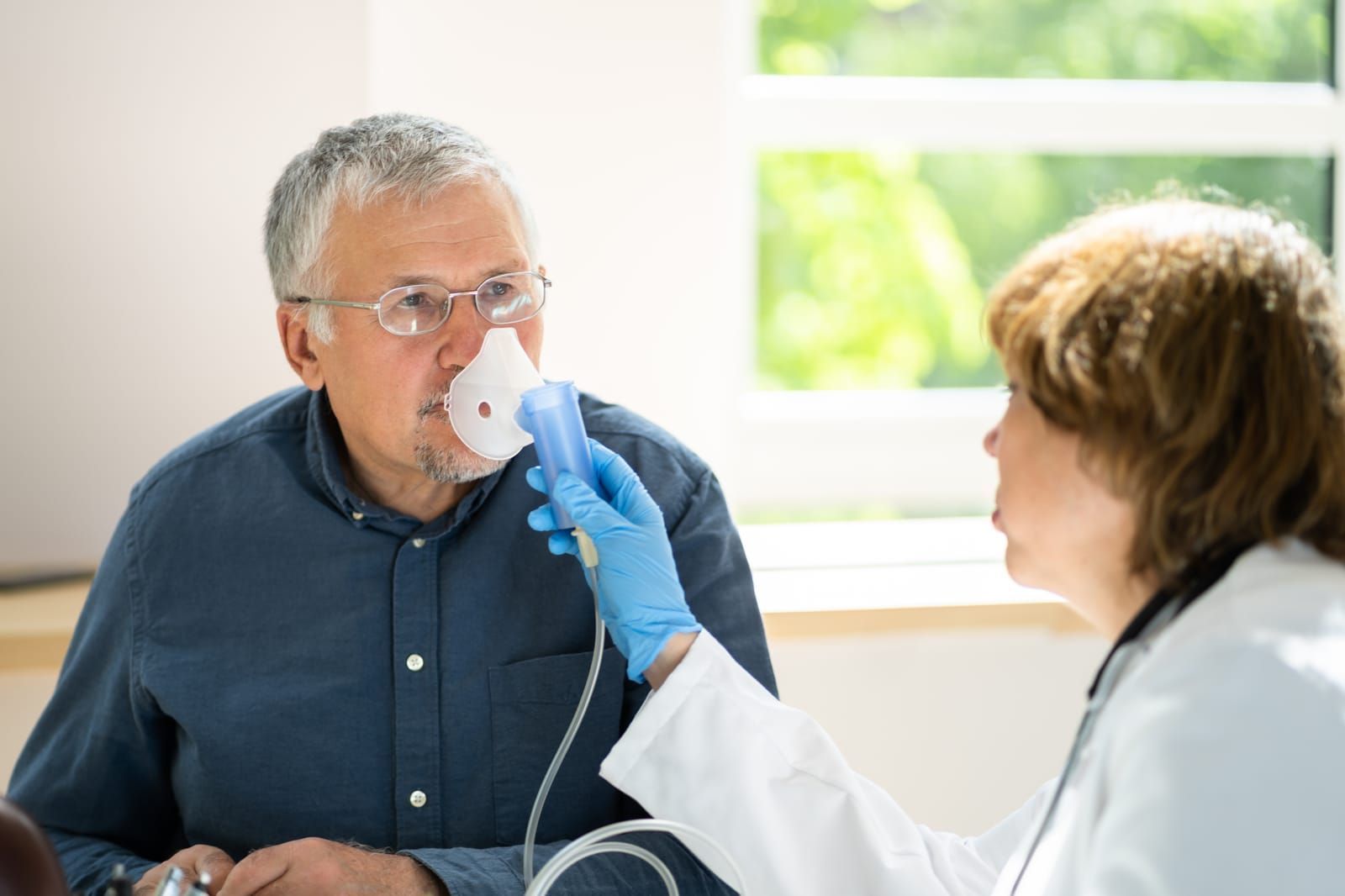Top Myths About Allergies That You Should Stop Believing
Allergies are very common; more than 50 million people in the U.S experience various types of allergies each year. Not all allergies are alike. What one person suffers from may not be the same as another's. This is why it's important to clear misconceptions about allergies. Allergy misconceptions are now causing serious problems because people don't know the allergy’s origin or how to treat it properly.
Keep reading to learn more about the myths of allergies that will open your eyes a little and make you look at the problem differently.
Myth 1: Allergies Never Go Away
Although some allergies are permanent, others may simply fade away with age. The allergen influences whether or not an allergy diminishes over time. More than one-quarter of US children with a history of food allergies outgrow their sensitivities. The best way to reduce allergic reactions is to avoid triggers, whether they are specific foods or animals. Certain treatments can also significantly reduce the symptoms.
Myth 2: Allergies Are Harmless
Allergies are severe medical conditions that can disrupt your daily life. The truth is that allergies cause many other complications than just runny noses or itchy eyes. There are not only physical side effects but also emotional consequences. These include depression caused by a lack of sleep and social withdrawal which may lead to a sense of isolation.
Myth 3: People With Allergies Are More Prone to Other Allergies
Allergies are not caused by a virus or bacteria. They are triggered in the immune system by exposure to an allergen, which can come from various sources including food, pollen, insect stings, and latex. Because almost anything can be considered a potential allergen for someone with allergies, it's also common to have multiple allergies at one time. If you have one type of allergy, however, there is no evidence that you will develop another one at any point in your life.
Myth 4: Eating Local Honey Cures Allergies
The idea that eating local honey can help prevent seasonal allergies has been around for centuries. Unfortunately, there's no scientific evidence to back it up. Eating local honey might have some health benefits, but it won't eliminate your allergy symptoms.
Myth 5: Continuous Exposure to Animals Reduces Allergies
There is a widespread belief that if someone with an animal allergy spends time with that type of animal, the allergy will gradually improve. This is not the case. In fact, some pet owners will develop allergies to their pets over time. Continuous exposure to such animals might even worsen the allergies over time.
In Conclusion
The best way to avoid the dangers of allergies is to educate yourself about the symptoms and risks. If you or your loved one has an allergy, ensure you know what the signs of an allergic reaction look like and how to get medical help quickly if needed.
Snot Force Alliance, helps bring specialists together to discuss sinus, allergy, and airway conditions.
